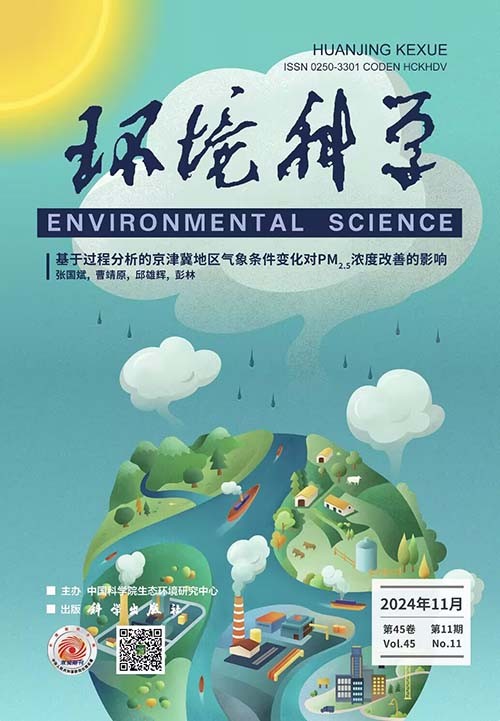[Multi-Scenario Simulation of Land Use Change in Chengyu Economic Zone and Its Influence on Carbon Reserves].
Abstract
Land use change is an important factor affecting the carbon cycle and carbon reserves, and multiple scenario simulation of the impact of regional land use change on carbon reserves can provide decision support for formulating scientific land use policies. Taking the Chengdu-Chongqing Economic Zone as an example, based on the evolution characteristics of land use from 1990 to 2020, the impact of land use change on carbon reserves during the 30 years was estimated using the InVEST model, and the coupling PLUS model was used to predict land use change and its impact on carbon reserves in 2030 under the natural development, urban development, and ecological protection scenarios. The study produced several interesting results: ① During 1990-2020, the land use structure in the research area was mainly cultivated land and forest land, which accounted for more than 86% of the area; cultivated land and grassland decreased; construction land, water area, forest land, and unused land increased; and land use transfer was mainly manifested in the mutual transformation between cultivated land and forest land and the transfer of cultivated land for construction land. ② From 1990 to 2020, the carbon reserves showed a distribution pattern of "middle low, surroundings high" and a change trend of "decrease-increase-decrease." The total accumulation decreased by 9.29×106 t, which was mainly attributable to the transfer of forest land to other land. The carbon reserves of cultivated land and forest land, which are the main sources of carbon reserves in the research area, accounted for about 90% of the total. ③ From 2020 to 2030, the areas of cultivated land, water area, and unused land all declined, the area of grassland increased, forest land increased under only the ecological protection scenario, and construction land expanded significantly under the urban development scenario. ④ Under the scenarios of natural development and urban development, carbon reserves decreased significantly, while under the scenario of ecological protection, carbon reserves increased significantly due to lower transfer probability of cultivated land, grassland, and forest land to construction land.

 求助内容:
求助内容: 应助结果提醒方式:
应助结果提醒方式:


